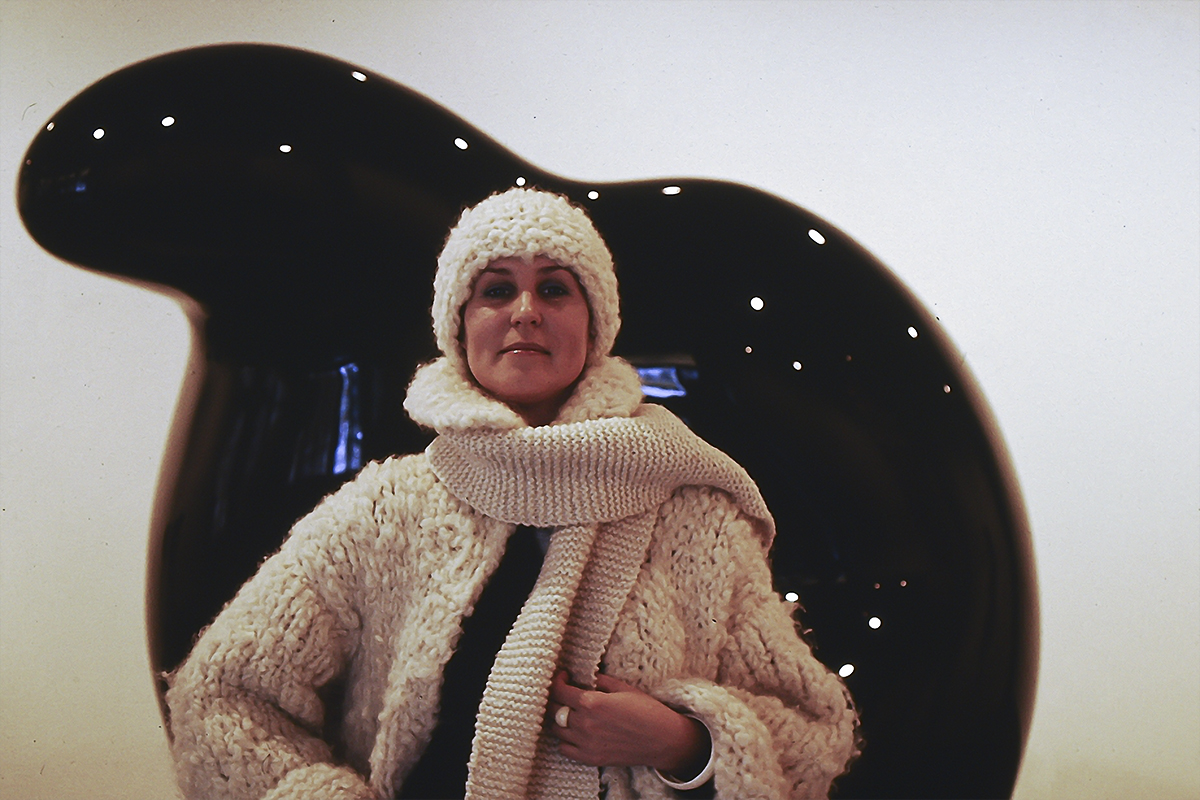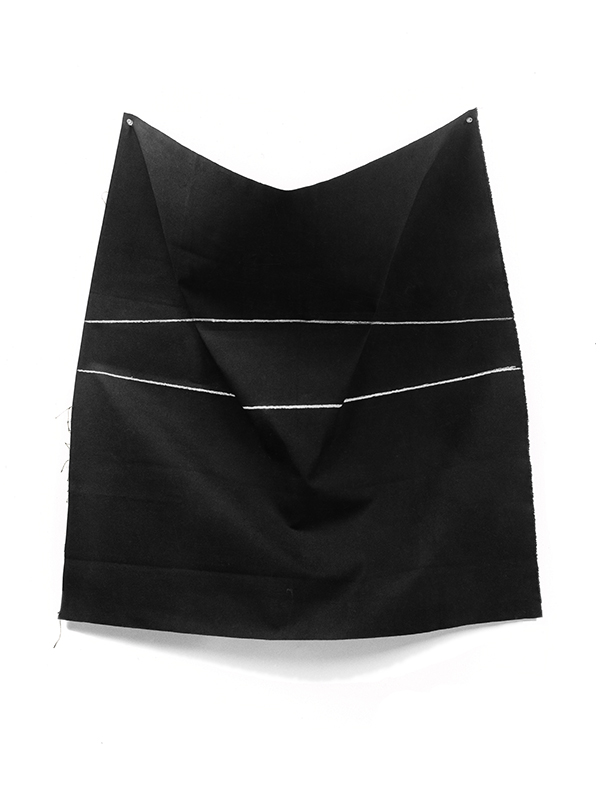
Exhibitions
Galerie Waalkens, Finsterwolde, NL, 1975
Stedelijk Museum, Amsterdam, NL, 1981
Stedelijk Museum, Amsterdam, NL, 2000

Photo: Rob Versluys
|
A hiker walking in a hilly area is aware of the bows in the hills and valleys. |
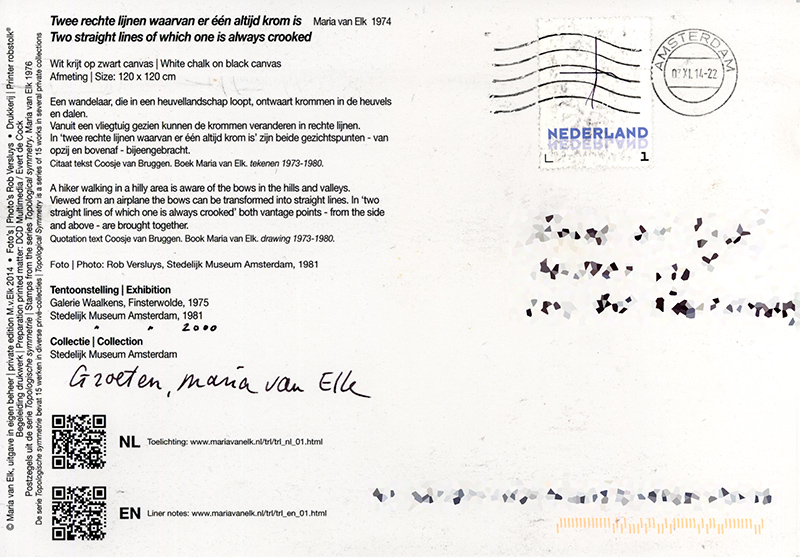
The back of the card with a speco\ial stamp
This card is accompanied by a series of three unique stamps. The images are part of the series drawings Topological symmetry (Topologische symmetrie), Maria van Elk 1976
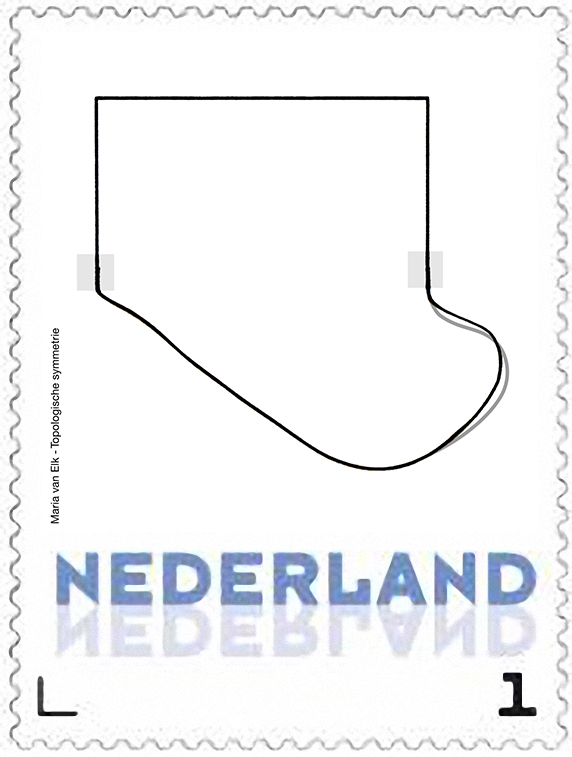 |
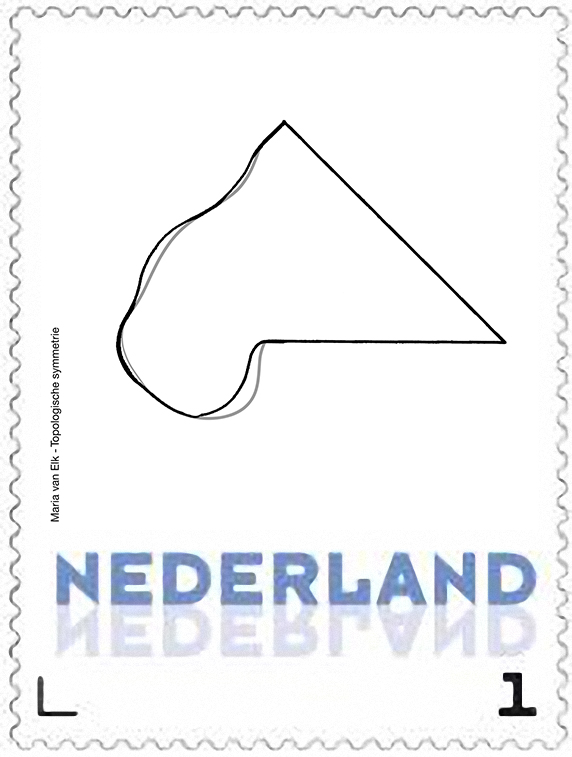 |
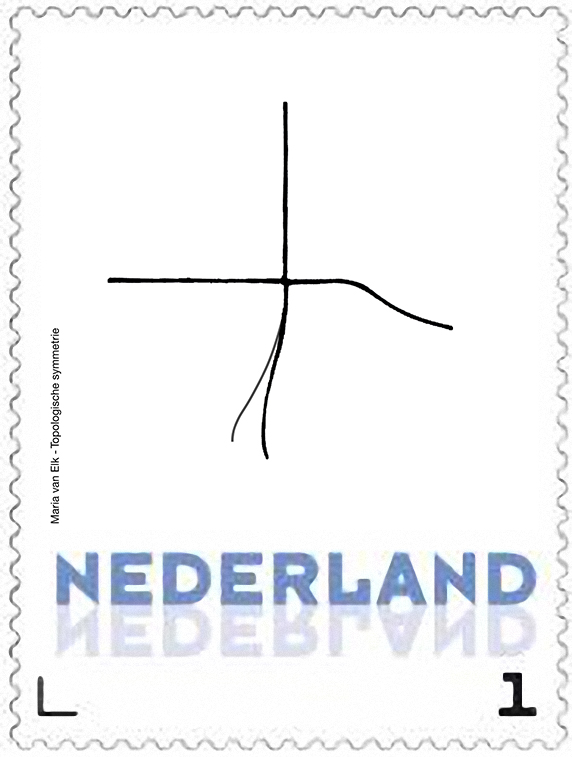 |
.jpg) |
.jpg) |
.jpg) |
.jpg) |
.jpg) |
.jpg) |
.jpg) |
.jpg) |
.jpg) |
Nine drawings from the series Topological Symmetry (Topologische Symmetrie) (1976)
expositions
 01.jpg)
press
Maria van Elk Topological Symmetry is called the work that Maria van Elk (1943) shows at the moment at Gallery Swart (Van Breestraat 23) in Amsterdam. |
Click this link to view the original document |
Lithographer Freek Kuin was closely engaged in the 80s with the printing of the book Maria van Elk Drawing 1973 – 1980. One of the major challenges he was placed for then was the getting ready for print of the Topological Symmetries. Freek Kuin, 2014 | Drukkerij robstolk® |
